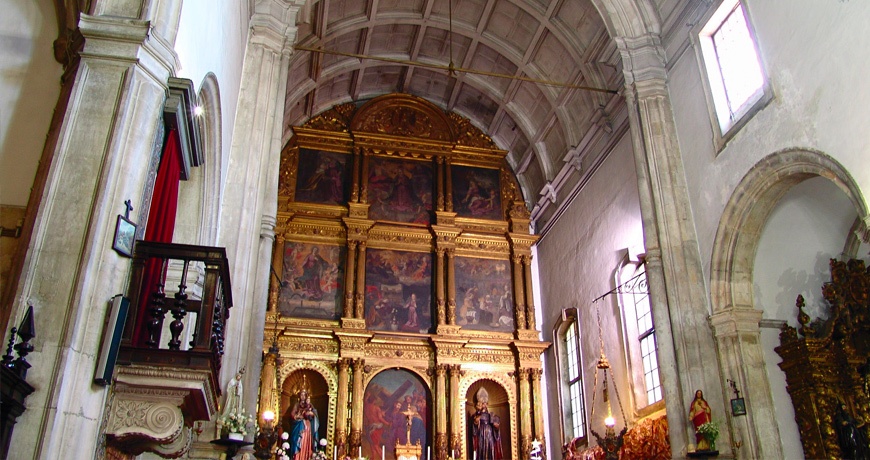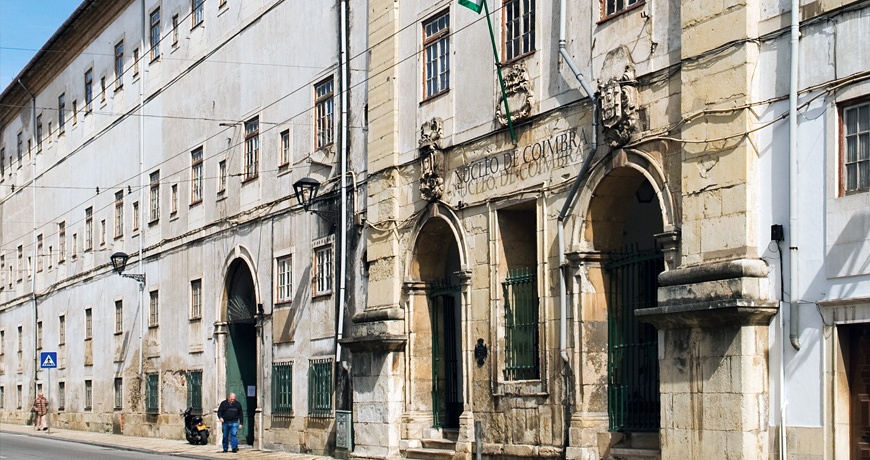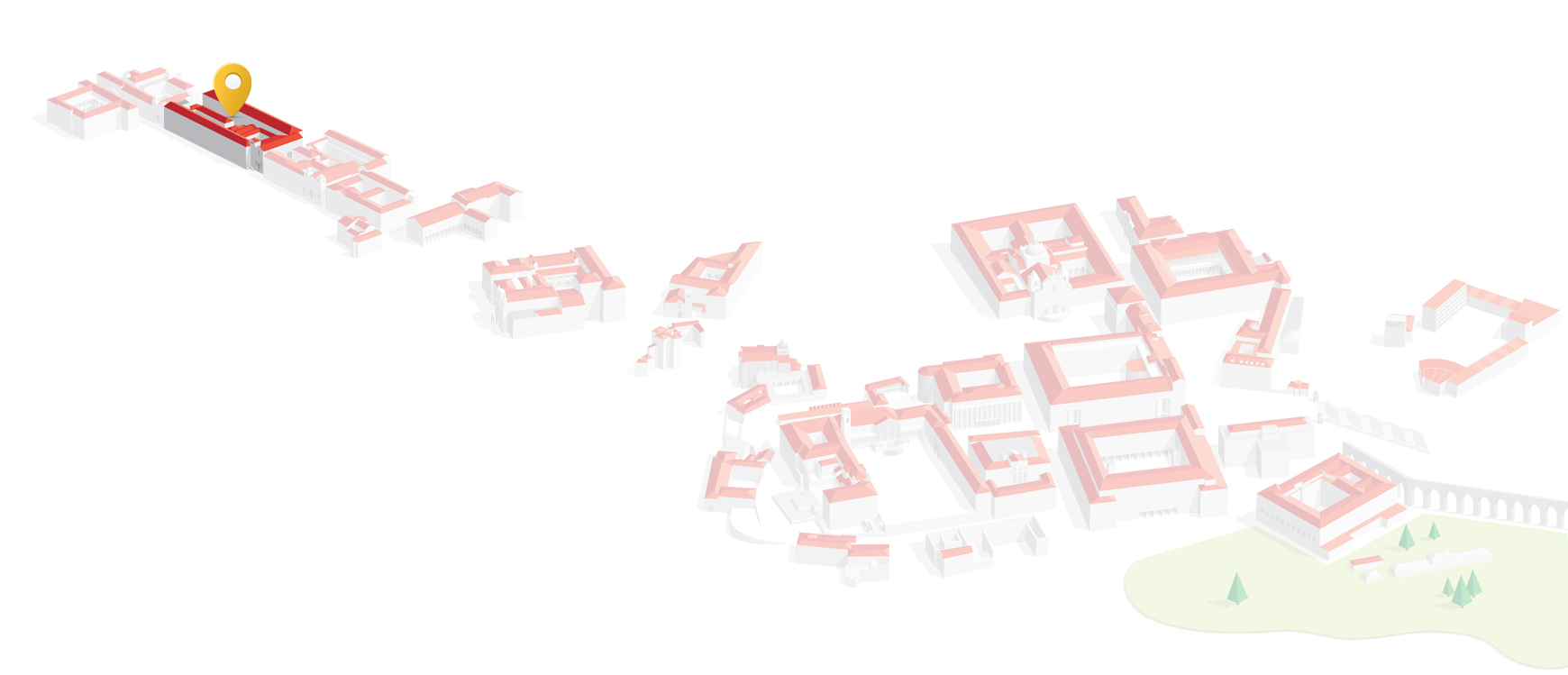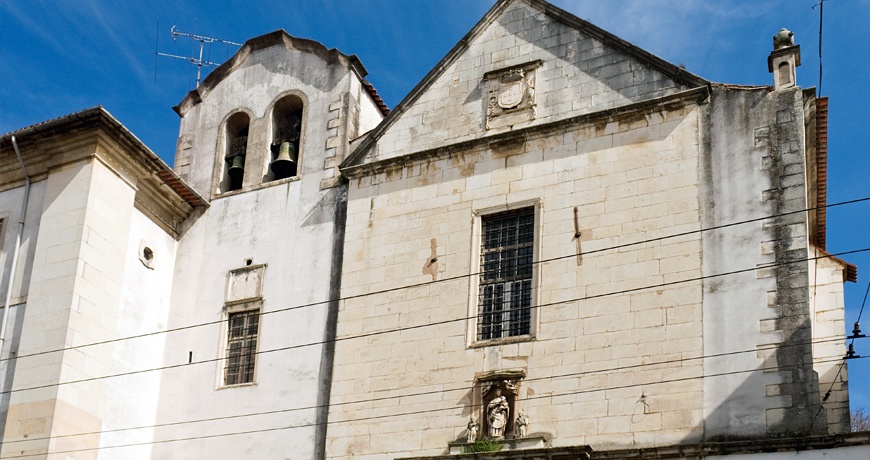Universidade de Coimbra Alta e Sofia — Candidatura a património mundial



College of N. Sra. da Graça
In 1543, the first stone of the vast college complex was laid. It was designed by Diogo de Castilho.



Art and Architecture
In 1543, the first stone of the vast college complex was laid. It was designed by Diogo de Castilho.
The cloister was the vital centre of the community. Built in two different periods, the cloister provided access to the dormitories, the refectories, the study rooms and the church.
The church, displaying strong classical features, has a longitudinal plan, with a single nave flanked by communicating side chapels.
The vast complex served as a hospital for the absolutist troops during the civil war (1828-1834). After the extinction of the religious orders in 1834, it was nationalised and incorporated into the National Treasury.
In 1836, the Coimbra City Council handed the College to the army, to be used as military barracks, to a social welfare institution and to several public divisions. After the extinction of the Graça Barracks, in 1998, the premises were occupied
by the Liga dos Combatentes (League of Combatants) and a number of social and administrative services of the Armed Forces.

